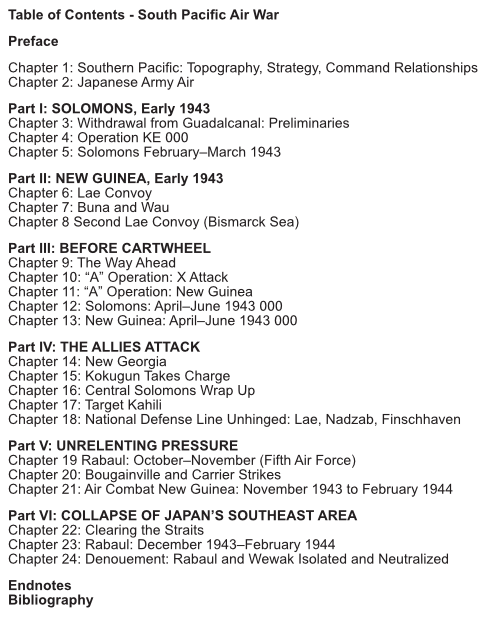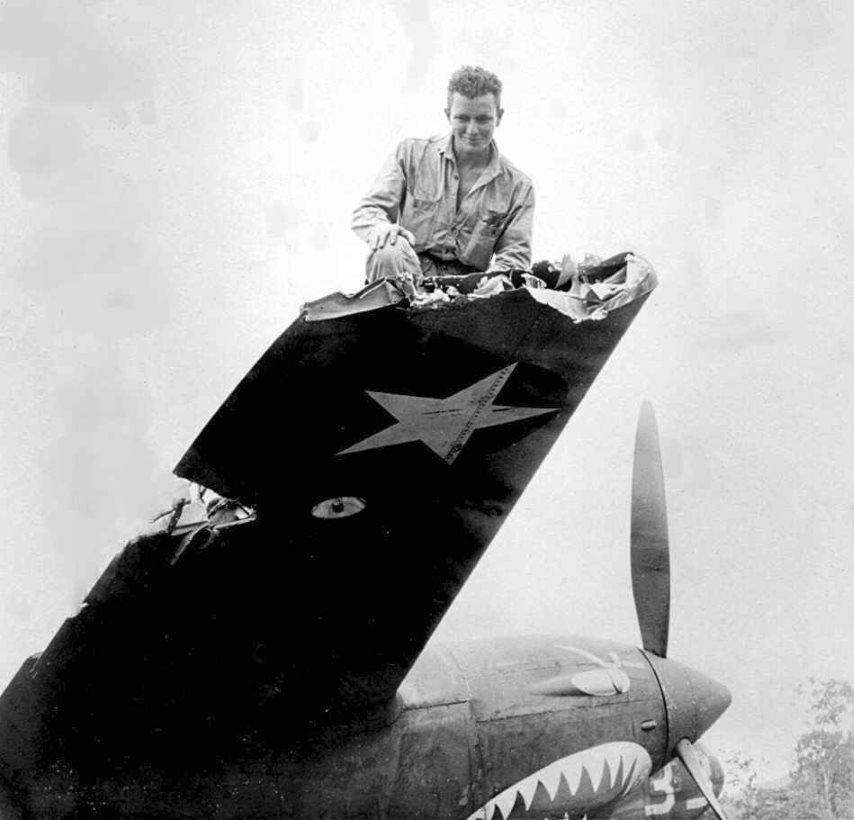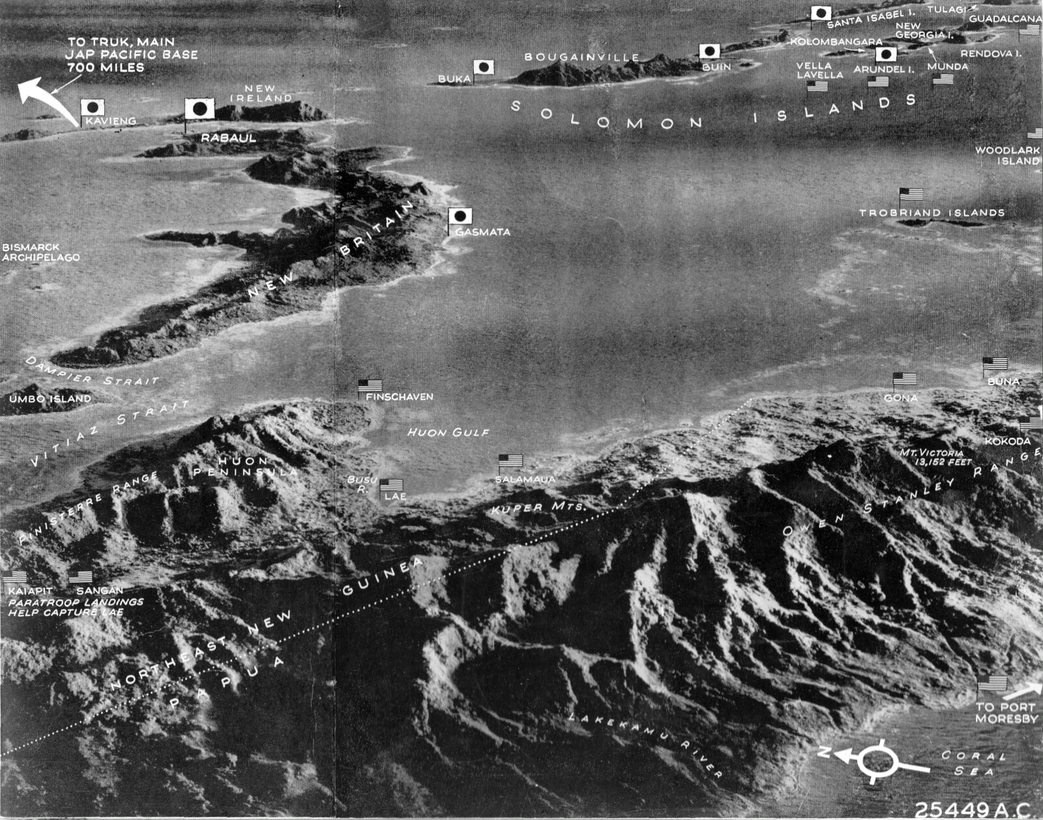South Pacific Air War
Relying on translations of captured Japanese documents and publications and Allied primary source material, this book provides new insights, balance, and fidelity on a key phase of WW2 in the southern Pacific. It shows the inter-relationship of the New Guinea and Solomons campaigns leading to the breach of Japan’s national defense line in the southern Pacific.
Highlighting air aspects of the campaigns it shows not only the contributions of air power but illustrates the limitations of air power under various conditions encountered. Digging below the surface of air combat claims and bombing statistics it emphasizes verified results. This allows the reader to assess the relative effectiveness of the opposing forces more accurately than has been typical in previous publications addressing the same campaigns.
From early 1943 to the leap to the Admiralty Islands in early 1944 major actions and important technical and tactical developments are covered in detail. The reader will gain new insights and have a better understanding of the comparative advantage of various aircraft and tactics, and the importance of logistics in this key phase of WW2.
Download the Author’s Addendum here!
Praise for “South Pacific Air War”
Richard Dunn enjoys a well deserved niche among WW II aviation historians of the Pacific Theater. His new volume is a near-encyclopedic study of airpower in the Southwest Pacific through 1943 into early 1944 that marks him as a significant contributor to existing literature. His text is detailed, extensively documented, and represents current scholarship that is bound to remain a standard reference. Those authors who dip their pens in Pacific waters appreciate the extent of Dunn’s broad canvas, brushed with a flair for the U.S. Army Air Forces, Navy and Marine Corps, with the British Commonwealth forces alongside the Imperial Japanese Navy and Army Air Force. The text is full of names both familiar and deserving wider acclaim, all the while placing individuals within context of time, place, and mission.
Every year there are more and more books published on the Second World War. Most of these adhere to the “Europe First” policy and of those dealing with the Pacific War most are about the big naval battles or the associated US Marine Corps operations. Very few books deal with operations in the South Pacific and South West Pacific Area (SWPA) and those that do usually concentrate on the 1942 battles on Guadalcanal and along the Kokoda Trail in Papua New Guinea. The crucial operations of 1943 and early 1944 have little written about them yet it was these operations that bridged the gap between defeat and victory in the South and South West Pacific and enabled General Douglas MacArthur to move from a stance of desperately holding onto Port Moresby in late 1942 to being in a position to invade the Philippine Islands in early 1944. How that happened is very much the task that Rick Dunn has set himself to explain in this wide-ranging book.
World War Two in the Pacific was essentially an air war and any ground or naval operations on both sides were carried out with the aim of projecting airpower further forward. This was particularly the case in the SWPA where MacArthur did not generally have access to naval air support, while for the Japanese, air power was the only realistic means to stop the Allied juggernaut moving towards Japan. Land based air power had become increasingly important to Japan since the loss of the core of their naval air power at Midway in 1942.
South Pacific Air War explains how the Allied and Japanese air forces were utilised during this critical phase of the South Pacific War. The year of 1943 began with the Allied objective to capture Rabaul and for the Japanese to defend its South Pacific perimeter. Dunn begins the book here with both the Allied and Japanese air forces building up their strength. For the Fifth USAAF commander, General George Kenney this meant establishing a new airbase complex at Dobodura behind the north Papuan coast while the Japanese brought in their Army Air Force to augment the overloaded naval air units. Dunn covers in great detail the Japanese reinforcement of Guadalcanal followed by the subsequent withdrawal and then links it in with the New Guinea campaigns showing how close that relationship was. For the Japanese command in Rabaul it was a single theatre of battle and their limited resources had to be spread across both areas.
General Kenney’s focus on attack aviation which came to fruition in the Battle of the Bismarck Sea will be well known to some readers but Dunn’s chapter on the battle also has some wonderful insights into the battle from the Japanese side. The implications of the battle were widespread and led to a major shift in Japanese strategy, leading to the build-up of an airbase complex at Wewak, at that stage out of range of Kenney’s low-level bombers. Dunn covers this phase in great detail including how the all-important logistical chain was put in place for the coming Allied offensive. In contrast to the growth of Allied capacity, Dunn also looks into the deterioration of the Japanese supply chain. While the US submarine force took an increasing toll on the Japanese supply convoys, Japanese submarines were being used in a freighter role to supply the ground troops.
In the Solomons, 1943 culminated with the landing at Torokina on Bougainville to establish a forward air and naval base. As Dunn sets out in great detail, it had been a long haul up from the Solomon Islands and New Georgia, culminating in a sustained air offensive against Rabaul which could now be isolated. The unrelenting pressure of Allied air power which enabled targeted amphibious operations, firstly at Lae and then either side of the Vitiaz Strait, provided a pathway through to the north coast of New Guinea and ultimately on to the Philippines.
Rick Dunn’s dedication to the task of researching this book is impressive. When I first met him back in 2011, he was already working on what is now an indispensable work for anyone wanting to understand how the war turned in the Allies favour in the South Pacific in 1943. South Pacific Air War is a weighty tome of almost 600 pages reflecting the great detail Dunn goes into, but by doing so it is possible to see exactly how the various phases of the campaign turned out the way they did. There is a lot to learn here for planning any future operations in such an environment. I can’t recommend this book highly enough.




